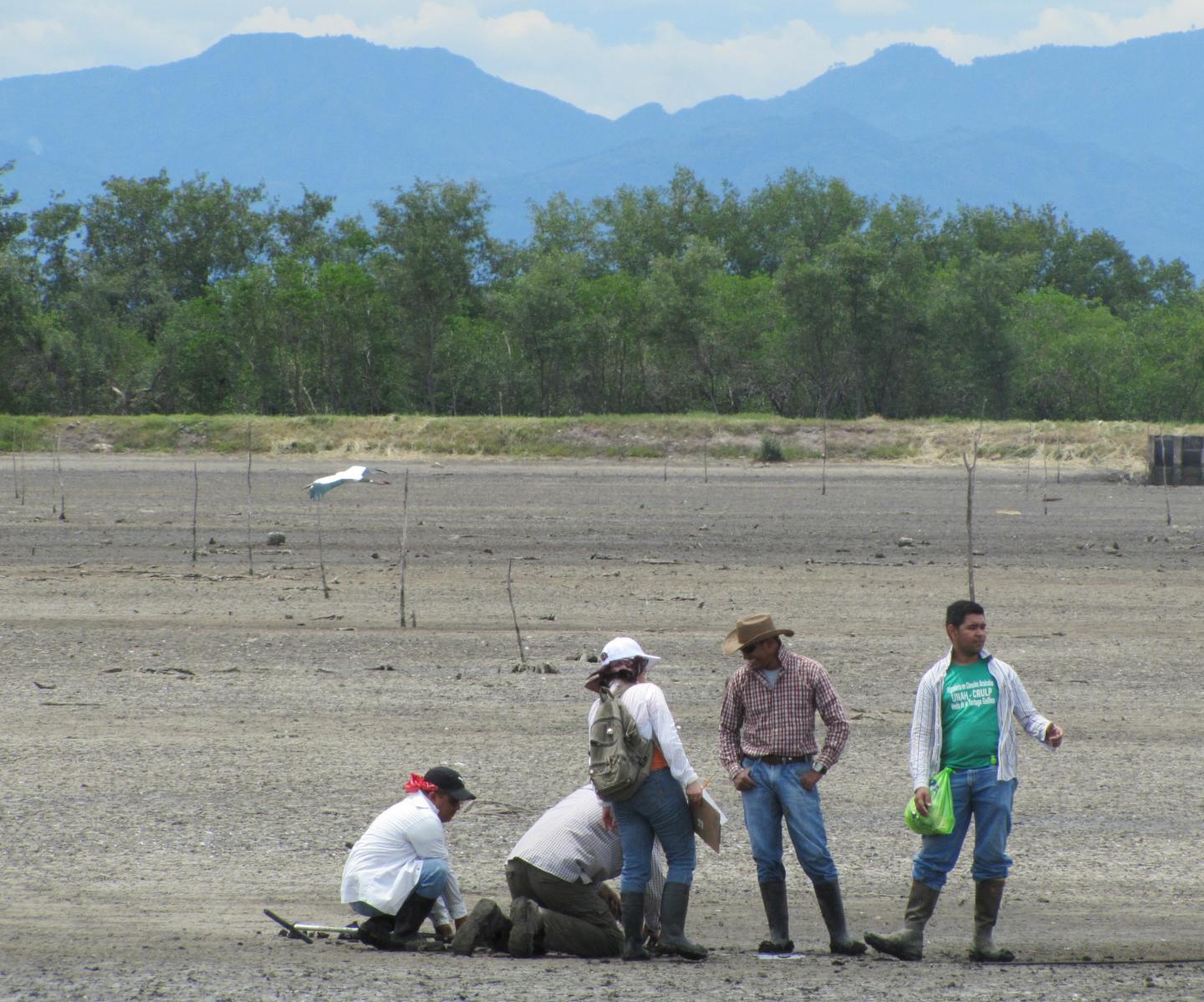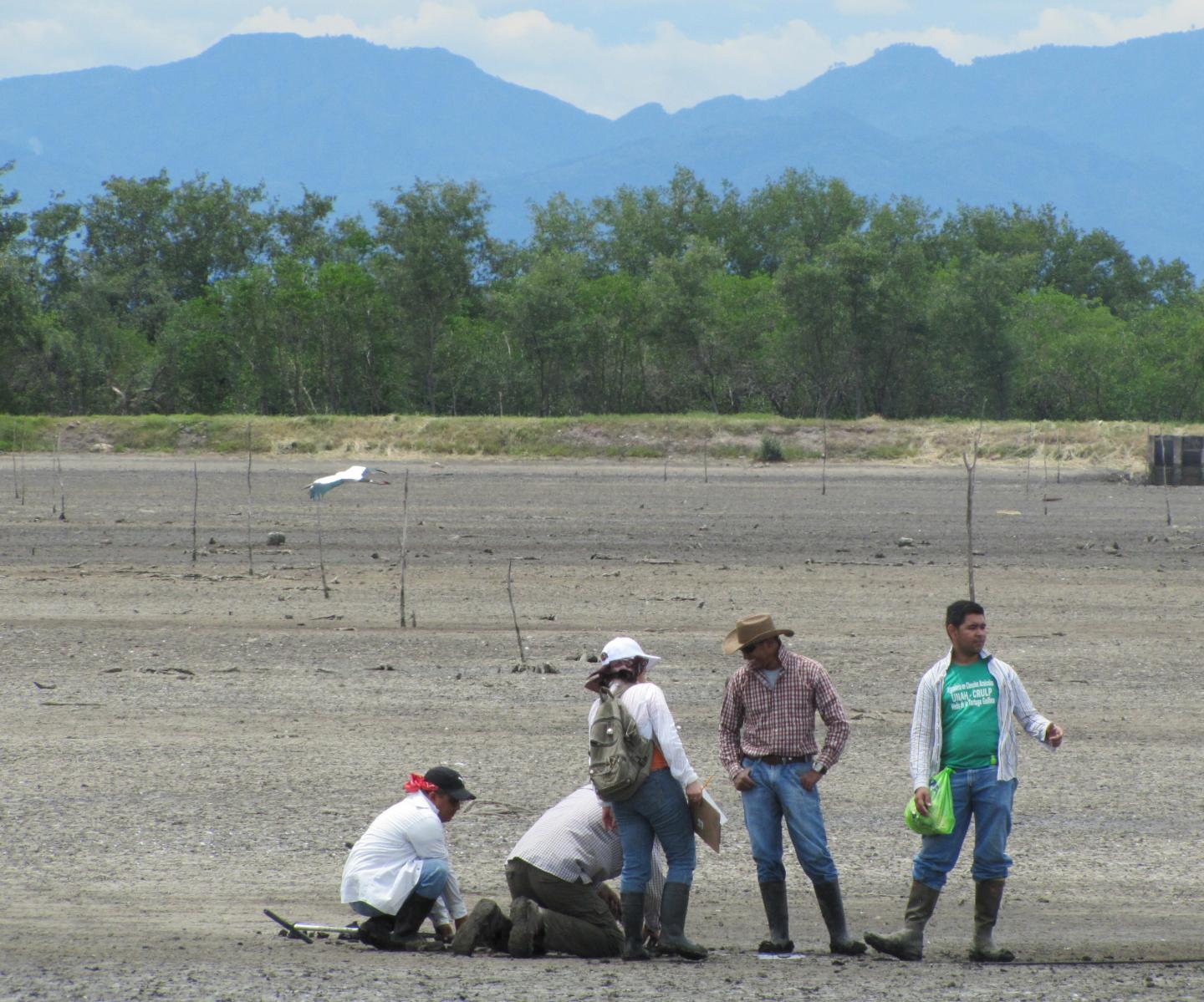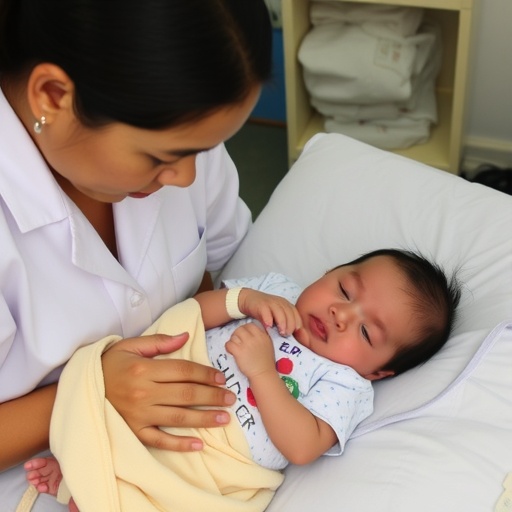
Credit: Photo by J. Boone Kauffman, courtesy of Oregon State University
CORVALLIS, Ore. – Clear-cutting of tropical mangrove forests to create shrimp ponds and cattle pastures contributes significantly to the greenhouse gas effect, one of the leading causes of global warming, new research suggests.
A seven-year study, led by Oregon State University and the Center for International Forestry Research, spanned five countries across the topics from Indonesia to the Dominican Republic. The researchers concluded that mangrove conversion to agricultural uses resulted in a land-use carbon footprint of 1,440 pounds of carbon dioxide released into the atmosphere for the production of every pound of beef; and 1,603 pounds of released carbon dioxide for every pound of shrimp.
"On a personal scale, this means a typical steak and shrimp cocktail dinner produced through mangrove conversion would burden the atmosphere with 1,795 pounds of carbon dioxide," said J. Boone Kauffman, an ecologist at Oregon State University who led the study.
"This is approximately the same amount of greenhouse gases produced by driving a fuel-efficient automobile from Los Angeles to New York City."
The findings are published online today in the journal Frontiers in Ecology and the Environment. The results were derived by the researchers through development of a new measurement – the land-use carbon footprint – by measuring the amount of carbon stored in the intact mangrove forest, the greenhouse gas emissions rising from conversion, and the quantity of the shrimp or beef produced over the life of the land use.
Mangroves represent 0.6 percent of all the world's tropical forests but their deforestation accounts for as much as 12 percent of greenhouse gas emissions that come from all tropical deforestation, Kauffman said.
"What we found was astounding," said Kauffman, a senior research professor in the College of Agricultural Sciences. "It's a remarkable amount of carbon that is emitted into the atmosphere when you convert these mangrove forests to shrimp ponds or pastures. And the food productivity of these sites is not really very high."
Mangroves are a group of trees and shrubs that live in tropical coastal intertidal zones. There are about 80 different species of mangrove trees. All of these trees grow in areas of waterlogged soils, where slow-moving waters allow fine sediments to accumulate. In these environments, mangroves sequester significant quantities of carbon that is stored for centuries.
Rates of deforestation of mangroves have been dramatic over the past three decades. They are disappearing at the rate of about 1 percent per year. Conversion to shrimp ponds is the greatest single cause of mangrove degradation and decline in Southeast Asia.
The study was conducted on 30 relatively undisturbed mangrove forests and 21 adjacent shrimp ponds or cattle pastures. The sites were in Costa Rica, the Dominican Republic, Honduras, Indonesia and Mexico. Shrimp ponds were sampled in all countries except Mexico, where the predominant land use was conversion to cattle pastures.
The decline in carbon storage from mangrove conversion to shrimp ponds or cattle pastures exceeded the research group's previous estimates.
"These forests have been absorbing carbon for the last 4,000 or 5,000 years and now through deforestation they have become significant sources of greenhouse gas emissions," Kauffman said. "Because they store so much carbon that is released as greenhouse gases when deforested they are important sites for protection in order to mitigate or slow climate change."
###
Collaborators on the study were researchers at Counterpart International in Arlington, Virginia; Universidade Juarez Autonoma de Tabasco Villhermosa in Mexico; the Tropical Agricultural Research and Higher Education Center in Costa Rica; the Center for Climate Change Studies at the University of Mulawarman in Indonesia; Bogor Agricultural University in Indonesia; and the Center for International Forest Research in Indonesia.
Funding for the study was provided by the U.S. Agency for International Development, the Council for Economic Development and Counterpart International.
Media Contact
J. Boone Kauffman
[email protected]
541-737-5509
@oregonstatenews
http://www.orst.edu
############
Story Source: Materials provided by Scienmag





